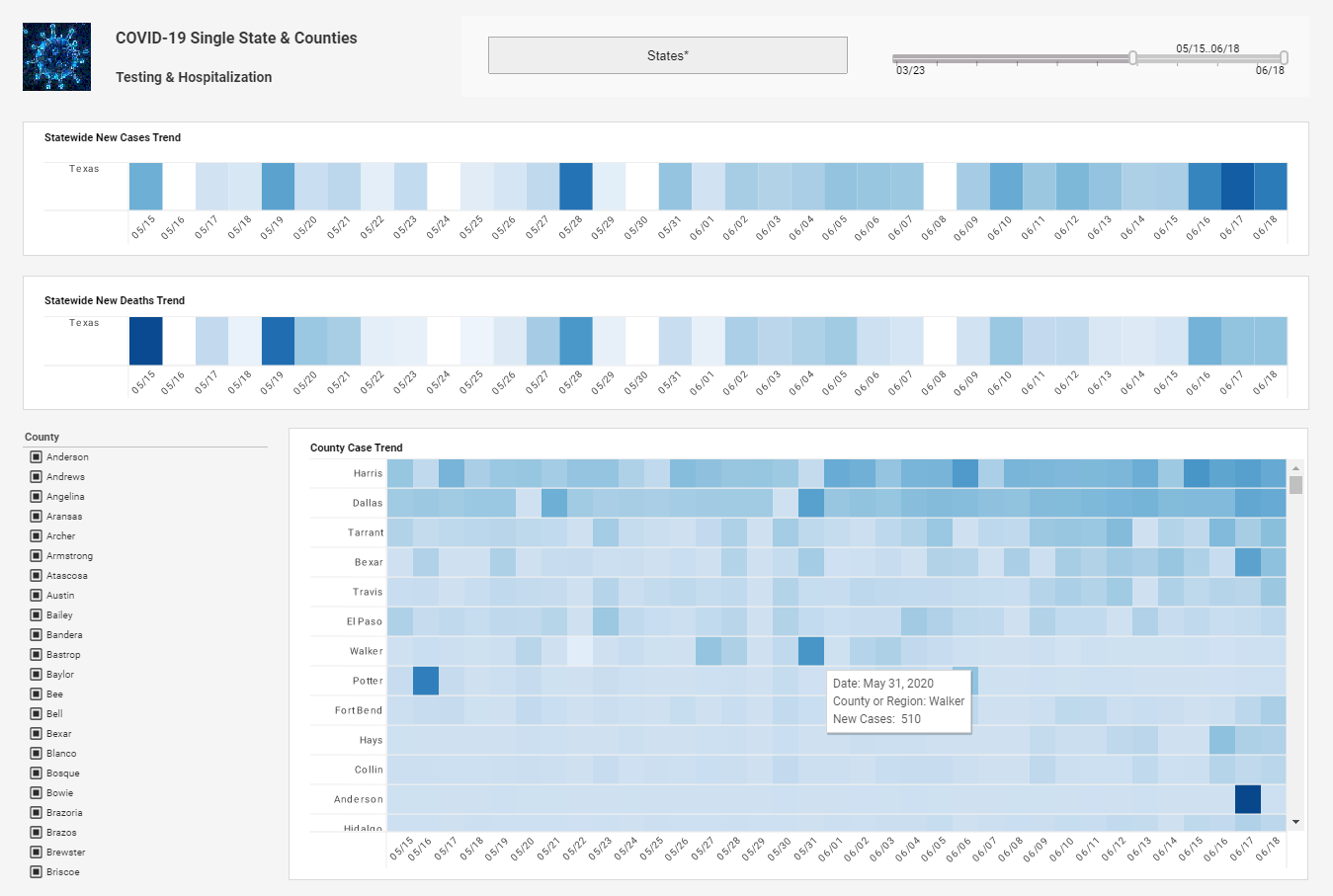InetSoft Webinar: Completing the BI Project on Time
This is the continuation of the transcript of a Webinar hosted by InetSoft on the topic of "How To Deliver A Good BI Application." The speaker is Abhishek Gupta, Product Manager at InetSoft.
We complete the BI project on time. It’s how we deliver good BI solutions, and it is really about your business driven approach. If you like to learn more about us you can look visit www.inetsoft.com. We have invested in a lot of trainees or college graduates. If you want to read more about some of the agile scrum stuff you can read articles on The Agile BI Channel.
The last poll question is how can we help the organization realize the benefits of agility. I am going to open the poll right now, and so the poll is open. If you could go ahead and answer that last polling question please.
While people are responding to that, there are couple of questions that we can answer while we leave that poll open. The first question here is from one of our participants who asked what size of organizations are best suited for agile BI, and if there are certain industries where it works better than others.
That's a great question. I think the answer is it works in all size organizations. It’s interesting because I think it applies equally well in large organizations where typically you’re going to have most of the problems because the data sets are diverse, and the business constituency is so broad and deep in the IT. So it tends to be a larger project which is really well suited there.
| #1 Ranking: Read how InetSoft was rated #1 for user adoption in G2's user survey-based index | Read More |
Even in small organizations the processes and methods, the prototyping, the sprint zero, the validation, and the business modeling helps. It really doesn’t have to do a lot with organization size. I do think any organization can definitely benefit. I think large organizations certainly do because they tend to be somewhat IT heavy. They might gain more benefits because there is a lot more to be gained simply because they become more efficient.
Okay. Another one here is asking about are there any challenges that you run into when you’re trying to help organizations move from the waterfall to an agile approach? Have you run into any cultural challenges or resistance from certain stake holders, and if so, how do you address that?
That's another great question. We see resistance from a couple of fronts, the first one being largely PMO. It’s hard for them to comprehend how this is different or why it’s different or why it’s better, and there are a lot of emotions attached to the methodologies that are in play and a lot of structure. It does have structure. It’s also somewhat unstructured.
It does require a different PMO lifecycle. I think the business very quickly gets the idea, see the benefits and adjusts to it. I think the other pushback we typically get is from architects who can’t seem to see how going through this type of methodology allows you to have a consistent architecture. If you go out to the BI network or the agile BI channel you can read a couple of articles around these types of themes of how this really does align with good architectural constructs. And the other thing is, it's funny because I think the younger people in our group seem to do this, or like this a lot better. People who are 15, 20, 30 year veterans just don't want to change. We get pushback from there as well.
 |
Read the top 10 reasons for selecting InetSoft as your BI partner. |
Okay I think we have time probably for one more question here about how long does it take organizations to get over the learning curve of the new methodology and start seeing the benefits of Agile BI?
That’s another great question. I think as you saw in one of the slides I showed you where we saw 66% productivity gains from sprint 2 to sprint 4, that was the first project -- one of the first projects we ever did. So I think you’re going to see the benefits almost immediately, certainly with the first six months. The efficiency gains and the trust that gets built between IT and the business because of the prototyping, hitting that home run, delivering precisely what you wanted, coming in on schedule, and on budget. Everything starts to fire on all cylinders, like a well-tuned engine, in three to six months, and if you’re not seeing the benefits by then, then something deeper is going on.
| Previous: Consistency Between the BI Layer and the ETL Layer |


